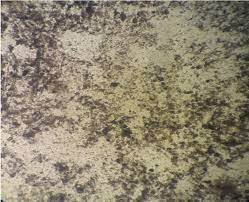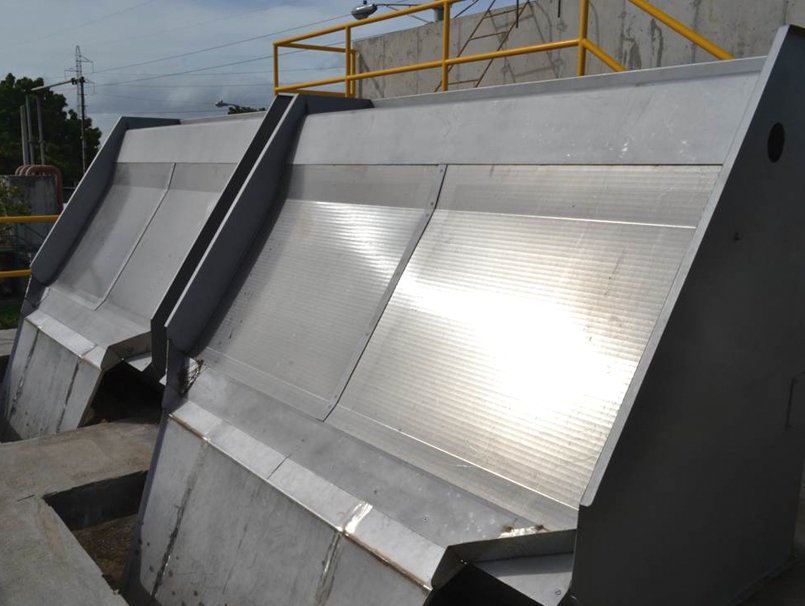
Village Creek Wastewater Treatment Plant
Village Creek Wastewater Treatment Plant: A Comprehensive Look at its Operations and Impact on the Community
Introduction
Wastewater treatment plants play a crucial role in maintaining public health and environmental sustainability. Among the many treatment plants in the United States, Village Creek Wastewater Treatment Plant stands out as an essential facility servicing the needs of its community. This article will provide a comprehensive overview of the operations of Village Creek Wastewater Treatment Plant, its impact on the community, and its efforts to promote environmental stewardship.
History and Background
Village Creek Wastewater Treatment Plant is located in Birmingham, Alabama, and serves as the primary treatment facility for the City of Birmingham and surrounding areas. The plant was established in the 1960s in response to the growing population and urbanization of the region. Over the years, the plant has undergone several upgrades and expansions to meet the increasing demand for wastewater treatment services.
The plant is operated by the Birmingham Water Works Board, a public utility that is responsible for providing water and wastewater services to the residents of Birmingham and neighboring communities. The plant is staffed by a team of highly trained professionals who ensure that the facility operates efficiently and complies with all regulatory requirements.
Operations of Village Creek Wastewater Treatment Plant
Village Creek Wastewater Treatment Plant employs a multi-stage treatment process to remove contaminants from wastewater before it is discharged back into the environment. The treatment process consists of several key steps, including screening, primary treatment, secondary treatment, and disinfection.
Screening: In the screening stage, large objects such as sticks, leaves, and other debris are removed from the wastewater. This helps prevent damage to the equipment and ensures that the treatment process runs smoothly.
Primary treatment: During primary treatment, solid particles in the wastewater are settled out and removed. This process helps remove a significant portion of the contaminants from the wastewater before it moves on to the next stage of treatment.
Secondary treatment: Secondary treatment involves the biological treatment of wastewater using microorganisms that break down organic matter. This process helps further remove harmful substances from the wastewater and improve its quality before it is discharged.
Disinfection: The final step in the treatment process is disinfection, where the wastewater is treated with chemicals or ultraviolet light to kill any remaining bacteria and pathogens. This step ensures that the treated wastewater is safe to be released back into the environment.
Efforts to Promote Environmental Stewardship
In addition to its primary function of treating wastewater, Village Creek Wastewater Treatment Plant is also committed to promoting environmental stewardship and sustainability. The plant has implemented several initiatives to reduce its environmental impact and protect the surrounding ecosystem.
One of the key initiatives undertaken by the plant is the reduction of energy consumption. By implementing energy-efficient technologies and practices, the plant has been able to significantly lower its carbon footprint and reduce its overall energy costs. This not only benefits the environment but also helps the plant operate more efficiently and sustainably.
Furthermore, Village Creek Wastewater Treatment Plant has also implemented programs to reduce its use of chemicals in the treatment process. By utilizing alternative treatment methods and technologies, the plant has been able to minimize the use of harmful chemicals and reduce the potential impact on the environment.
The plant also actively engages with the local community to raise awareness about the importance of water conservation and pollution prevention. Through educational programs, tours, and outreach events, Village Creek Wastewater Treatment Plant seeks to foster a sense of environmental responsibility among residents and businesses in the area.
Impact on the Community
The operations of Village Creek Wastewater Treatment Plant have a significant impact on the community and the environment. By treating wastewater and safely releasing it back into the environment, the plant helps protect public health and prevent the spread of waterborne diseases. Furthermore, the plant also plays a crucial role in preserving the quality of local water sources and ecosystems.
In addition to its role in protecting public health and the environment, Village Creek Wastewater Treatment Plant also provides economic benefits to the community. The plant creates jobs, generates revenue for the local economy, and supports the growth and development of the region. Furthermore, the plant’s operations help ensure that residents have access to clean and safe water for drinking, recreation, and other purposes.
Overall, Village Creek Wastewater Treatment Plant serves as an essential facility that is vital to the well-being and prosperity of the community it serves. Through its commitment to environmental stewardship, sustainability, and public health, the plant plays a critical role in promoting a cleaner, healthier, and more sustainable future for Birmingham and its residents.
Conclusion
In conclusion, Village Creek Wastewater Treatment Plant is a critical infrastructure that plays a central role in maintaining public health, protecting the environment, and promoting economic development in the Birmingham area. Through its comprehensive treatment process, commitment to environmental stewardship, and impact on the community, the plant serves as a model for sustainable and responsible wastewater management practices. By continuing to innovate, collaborate, and engage with the community, Village Creek Wastewater Treatment Plant will remain an essential asset that contributes to the well-being and quality of life of its residents for years to come.
Sources:
1. Birmingham Water Works Board – Official Website
2. Environmental Protection Agency – Wastewater Treatment Plant Effluent Guidelines and Standards
3. United States Geological Survey – Village Creek Watershed Study

